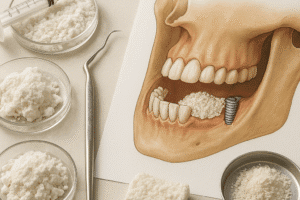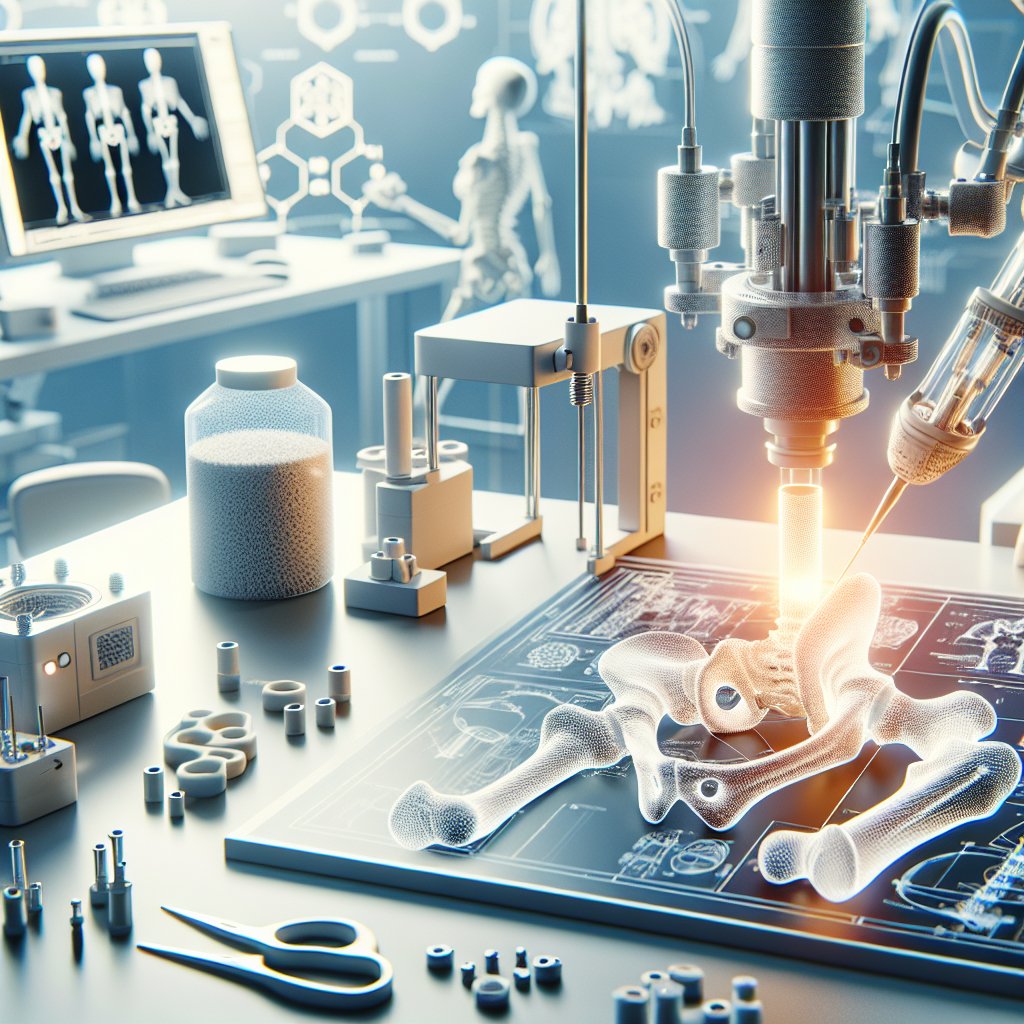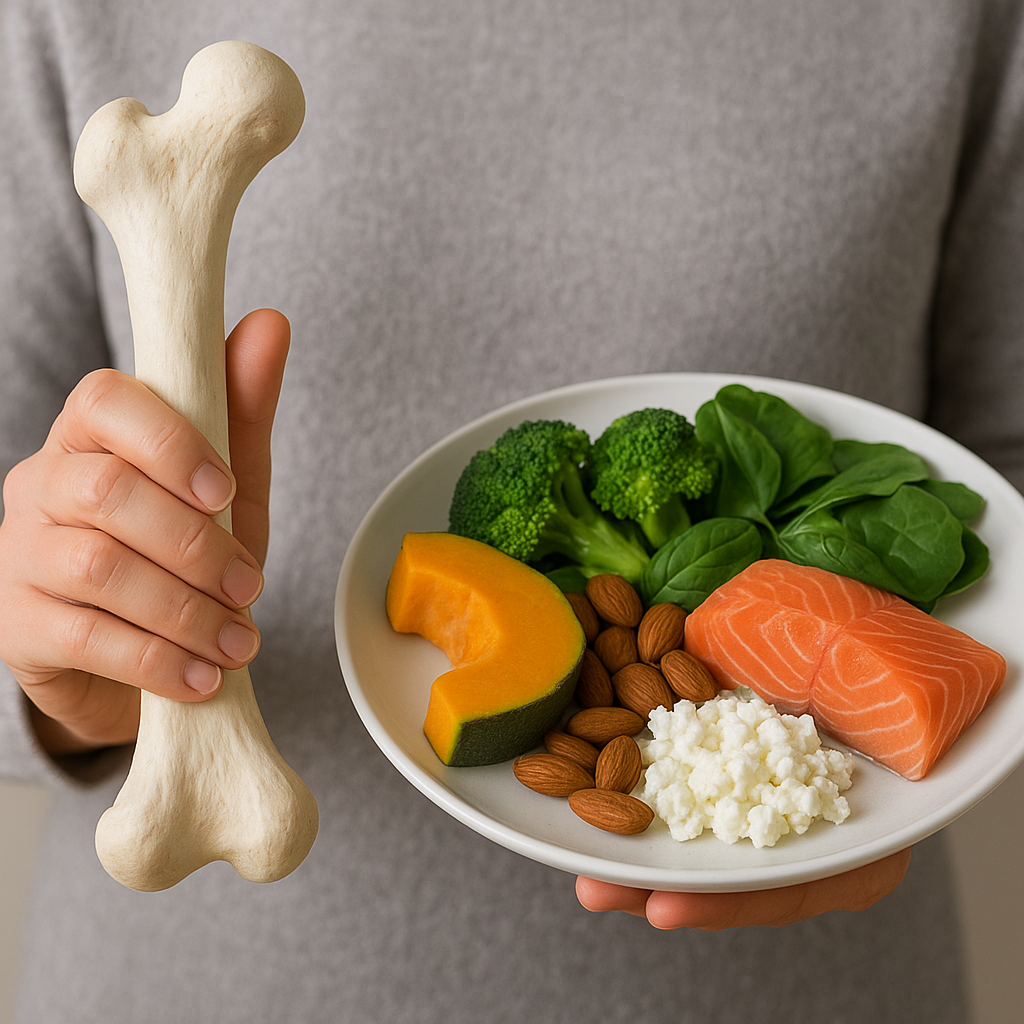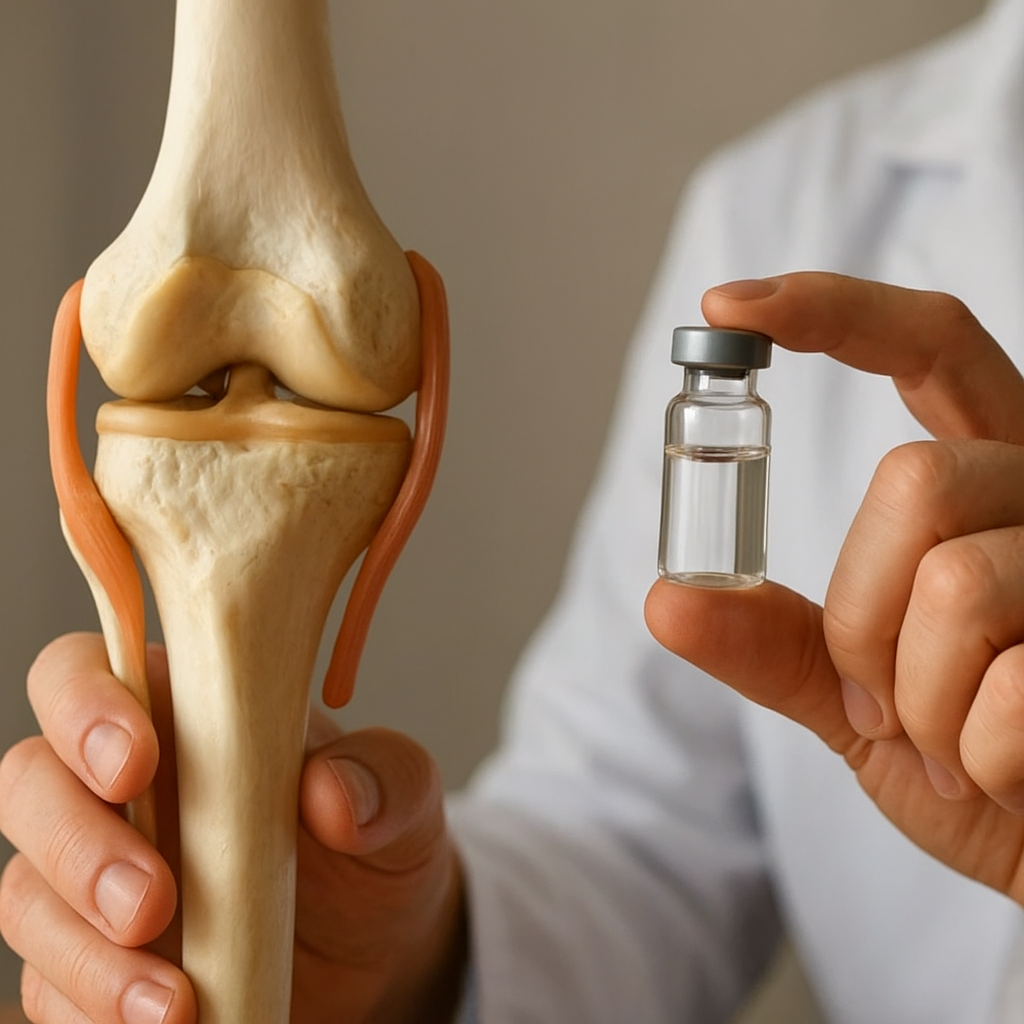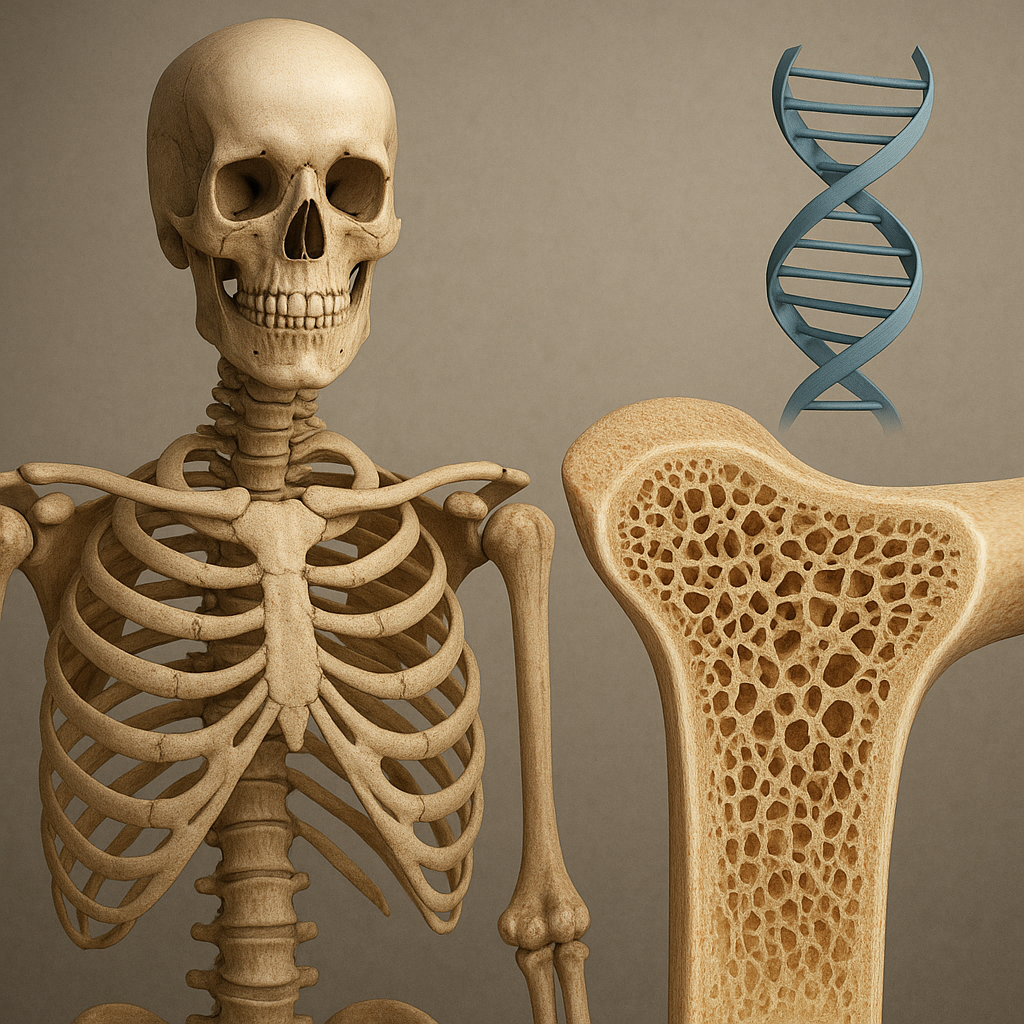The development of artificial bones in biomedical engineering represents a significant advancement in the field of medicine, particularly in orthopedics and reconstructive surgery. As the global population ages and the incidence of bone-related diseases increases, the need for effective solutions to treat bone injuries and defects has never been more pressing. This article explores the evolution of artificial bones, the materials and technologies involved, and the future prospects of this innovative field.
Understanding Artificial Bones
Artificial bones, also known as bone substitutes or scaffolds, are designed to mimic the structure and function of natural bone. They are used in various medical applications, including trauma surgery, orthopedic procedures, and dental implants. The primary goal of artificial bones is to provide support and facilitate the healing process in patients with bone loss or damage.
Historically, the concept of artificial bones dates back to ancient civilizations, where rudimentary forms of bone grafting were practiced. However, the modern era of biomedical engineering has seen a remarkable transformation in the design and functionality of these implants. Today, artificial bones are engineered using advanced materials and technologies that enhance their biocompatibility, mechanical strength, and integration with natural bone tissue.
Types of Artificial Bones
Artificial bones can be categorized into several types based on their composition and intended use:
- Metallic Implants: These are typically made from titanium or stainless steel and are used in load-bearing applications. Their high strength and durability make them suitable for joint replacements and fracture fixation.
- Ceramic Implants: Bioceramics, such as hydroxyapatite, are often used for their excellent biocompatibility and ability to promote bone growth. They are commonly used in dental implants and non-load-bearing applications.
- Polymeric Implants: Polymers like poly(lactic acid) and polycaprolactone are used for their flexibility and ease of processing. They are often employed in temporary scaffolds that degrade over time as natural bone regenerates.
- Composite Materials: These combine two or more materials to achieve desirable properties, such as improved strength and biocompatibility. Composites can be tailored for specific applications, making them versatile options in bone engineering.
Materials and Technologies in Artificial Bone Development
The choice of materials for artificial bones is critical to their success. The ideal material should possess properties that closely resemble those of natural bone, including mechanical strength, porosity, and bioactivity. Researchers are continually exploring new materials and technologies to enhance the performance of artificial bones.
Biomaterials
Biomaterials play a crucial role in the development of artificial bones. These materials are designed to interact with biological systems and promote healing. Some of the most commonly used biomaterials include:
- Calcium Phosphate Ceramics: These materials are chemically similar to natural bone mineral and are known for their excellent biocompatibility. They can stimulate bone growth and are often used in bone grafts.
- Bioactive Glass: This material can bond with bone and stimulate cellular activity, making it an effective option for bone regeneration.
- Collagen-based Scaffolds: Collagen is a natural protein found in bone and connective tissues. Scaffolds made from collagen can provide a favorable environment for cell attachment and growth.
3D Printing Technology
One of the most revolutionary advancements in the field of artificial bones is the use of 3D printing technology. This technique allows for the precise fabrication of complex structures that can be tailored to the specific needs of individual patients. The benefits of 3D printing in artificial bone development include:
- Customization: 3D printing enables the creation of patient-specific implants that match the unique anatomy of the individual, improving the fit and function of the implant.
- Complex Geometries: The technology allows for the production of intricate designs that can enhance the mechanical properties and promote bone ingrowth.
- Reduced Production Time: 3D printing can streamline the manufacturing process, reducing the time required to produce implants.
Clinical Applications and Success Stories
The clinical applications of artificial bones are vast and varied. From trauma surgery to reconstructive procedures, these implants have transformed the way orthopedic surgeons approach bone repair and regeneration.
Trauma Surgery
In cases of severe fractures or bone loss due to accidents, artificial bones can provide immediate support and stability. Surgeons often use metallic implants to fixate broken bones, allowing for faster recovery and rehabilitation. The use of bioceramics in bone grafting has also shown promising results, with studies indicating improved healing times and outcomes.
Orthopedic Procedures
Joint replacement surgeries, such as hip and knee replacements, have benefited significantly from advancements in artificial bone technology. Modern implants are designed to withstand the stresses of daily activities while promoting integration with surrounding bone tissue. The use of composite materials in these implants has further enhanced their performance, leading to longer-lasting results.
Dental Implants
Artificial bones have revolutionized dental procedures, particularly in the placement of dental implants. The use of biocompatible materials, such as titanium and hydroxyapatite, has resulted in high success rates for dental implants. Patients can now enjoy improved aesthetics and functionality, thanks to the advancements in artificial bone technology.
Challenges and Future Directions
Despite the significant progress made in the development of artificial bones, several challenges remain. One of the primary concerns is the long-term performance and integration of these implants within the body. Researchers are actively investigating ways to enhance the bioactivity and mechanical properties of artificial bones to ensure their longevity and effectiveness.
Regulatory and Ethical Considerations
The development and use of artificial bones also raise important regulatory and ethical considerations. Ensuring the safety and efficacy of these implants is paramount, and regulatory bodies must establish rigorous testing and approval processes. Additionally, ethical concerns surrounding the use of biomaterials and the potential for adverse reactions must be addressed to maintain public trust in these technologies.
Future Innovations
Looking ahead, the future of artificial bones in biomedical engineering is promising. Ongoing research is focused on developing smart materials that can respond to changes in the body, such as temperature or pH, to enhance healing. Additionally, the integration of bioactive molecules and growth factors into artificial bones may further promote bone regeneration and improve outcomes for patients.
In conclusion, the development of artificial bones in biomedical engineering has transformed the landscape of orthopedic surgery and regenerative medicine. With continued advancements in materials, technologies, and clinical applications, the future holds great potential for improving the quality of life for patients with bone-related injuries and diseases. As researchers and clinicians work together to overcome existing challenges, the dream of creating the perfect artificial bone may soon become a reality.





